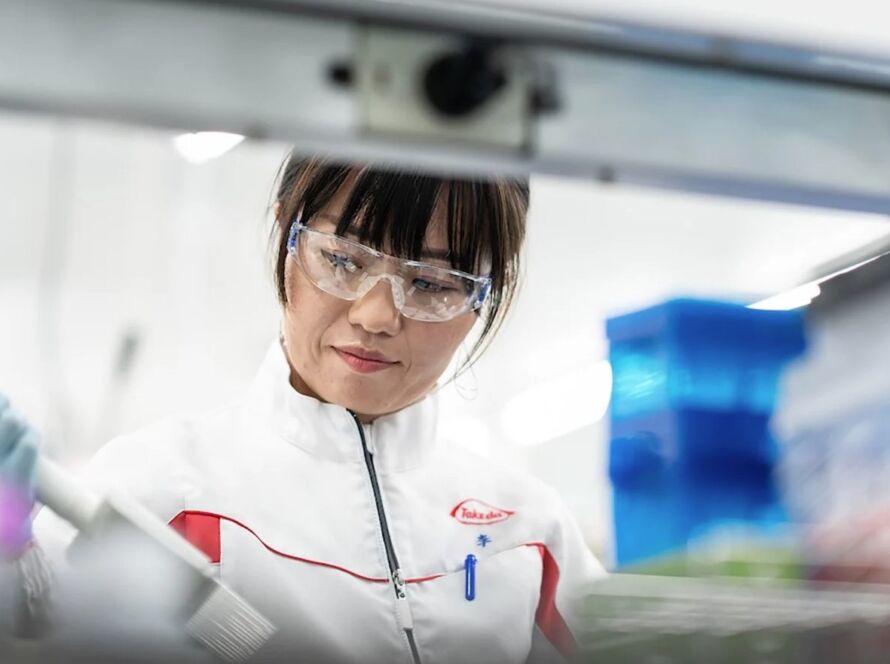In a world where technology continues to revolutionize various industries, the field of medical visualisation stands at the forefront of innovation. With the advent of Artificial Intelligence (AI), the possibilities for transforming medical concepts into reality have become limitless. AI has ushered in a new era of medical visualisation, bridging the gap between ideas and tangible innovations in healthcare. This article will explore the power of AI in medical visualisation, unveiling how it has revolutionized the field and brought about groundbreaking advancements.
Unveiling the Future: AI Transforms Medical Visualisation
AI has brought about a paradigm shift in the way medical visualisation is approached, empowering healthcare professionals to unlock the hidden potential of complex medical concepts. One of the most significant contributions of AI in medical visualisation is its ability to enhance imaging techniques. Through machine learning algorithms, AI can analyze medical images such as CT scans, MRIs, and ultrasounds to provide more accurate diagnoses and treatment plans. These algorithms can detect abnormalities, highlight areas of concern, and even predict disease progression, enabling doctors to make informed decisions and provide targeted interventions.
Moreover, AI has revolutionized surgical planning and simulations. By leveraging AI-powered visualisation tools, surgeons can now create detailed 3D models of organs, bones, and tissues based on patient-specific data. These models enable surgeons to plan and practice complex surgical procedures, reducing the risk of errors and improving patient outcomes. AI also enables real-time tracking and guidance during surgeries, enhancing precision and minimizing invasiveness. This transformative technology is not only streamlining the surgical process but also expanding the boundaries of what is possible in the operating room.
Bridging the Gap: From Ideas to Tangible Innovations in Healthcare
AI has the potential to bridge the gap between medical concepts and tangible innovations in healthcare. With the ability to process vast amounts of medical data, AI algorithms can identify patterns, detect trends, and generate valuable insights. By analyzing this data, AI can aid in the development of new drugs, treatment protocols, and personalized therapies. Furthermore, AI can facilitate the discovery of novel biomarkers, enabling early detection and intervention in diseases. This transformative capability has the potential to revolutionize disease management and open doors to personalized medicine on a scale we have never seen before.
In addition to its direct impact on patient care, AI in medical visualisation has also revolutionized medical education and training. Through AI-powered virtual reality (VR) and augmented reality (AR) technologies, medical students and healthcare professionals can immerse themselves in realistic medical scenarios, gaining hands-on experience without the need for human cadavers or live patients. This technology allows for interactive learning, real-time feedback, and the exploration of complex anatomical structures, empowering medical professionals to enhance their skills and knowledge. By bridging the gap between theory and practice, AI is transforming medical education and paving the way for a more competent and skilled healthcare workforce.
The power of AI in medical visualisation is undeniable. It has revolutionized the way healthcare practitioners approach complex medical concepts, transforming ideas into tangible innovations. From enhancing imaging techniques and surgical planning to aiding drug development and revolutionizing medical education, AI is reshaping the healthcare landscape. As we continue to explore the potential of AI in medical visualisation, we can expect to witness the development of groundbreaking technologies and the improvement of patient outcomes. The future of healthcare is here, and AI is at the forefront, leading the way towards a new era of transformative medical visualisation.


